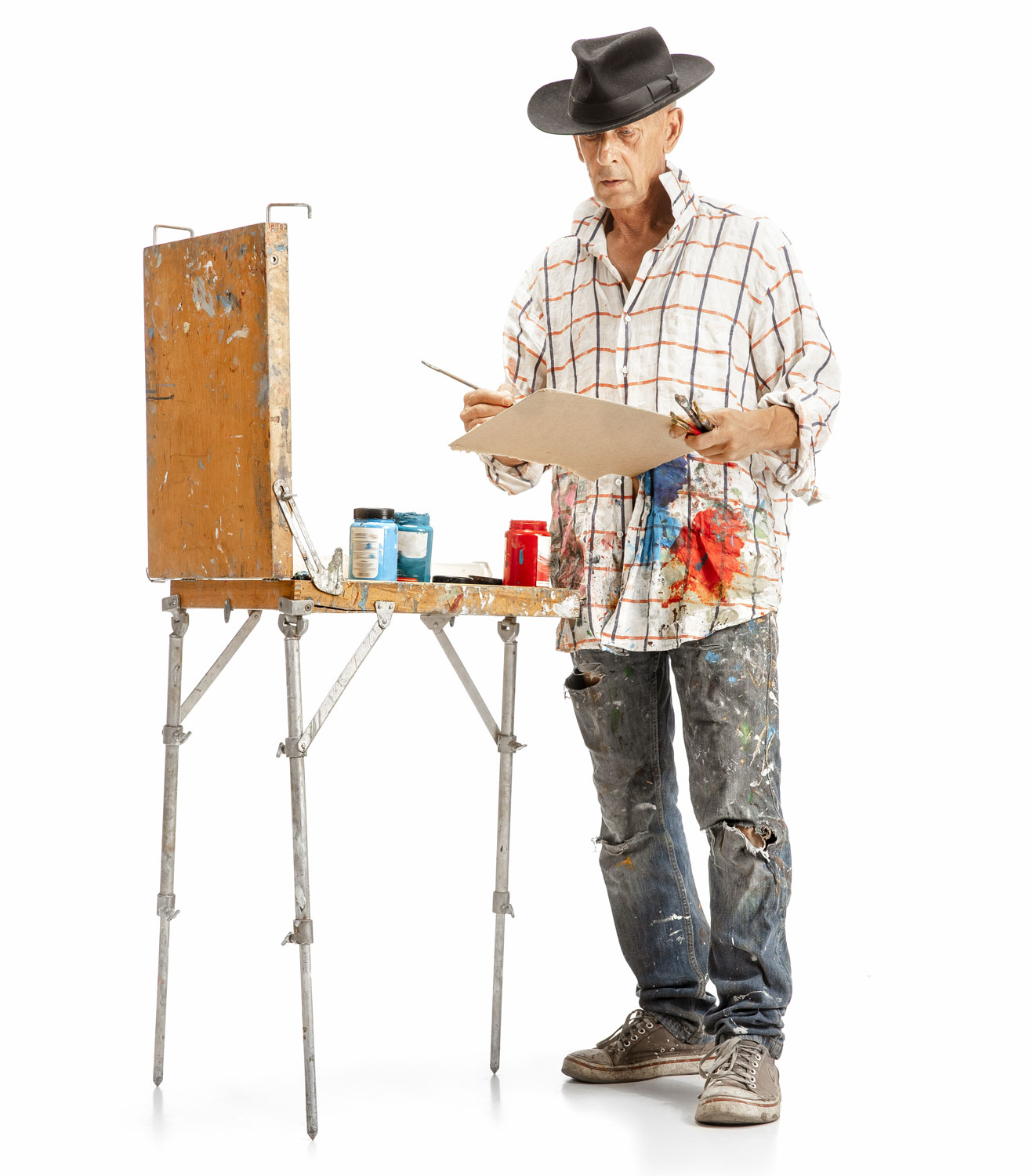How To Paint A Good Portrait
If you are an artist, whether aspiring or professional, you understand how frustrating it is when you cannot get the brushstrokes or color right to make your painting look more realistic. But it is part of the process before you finally get it right.
Portraits can be tough even for professional painters. When you paint a fruit with some bumps, nobody will notice. But paint someone with a too broad nose or too small eyes, and it sticks out like a sore thumb.
Additionally, making portraits realistic is difficult. But it is not to say that painting good portraits is impossible. With practice and a few helpful tips, you will be the master of portrait painting in a short while.
Practicing is all up to you, but we can help you with tips. The information below outlines helpful steps you can take to improve your portrait game. Therefore, keep scrolling to learn how to paint a good portrait.
Steps To Painting A Good Portrait
Find a good reference image.
In most cases, the difference between a good and bad portrait is the reference image. If you do not have a live subject, you need a good reference image to paint. It is harder to use a blurry, dark image to paint a portrait.
Good reference images are first large to highlight all the details. Secondly, they have effective bright lighting. Ensure that it is not overexposed with enough shadow to highlight the features. Therefore, spend more time finding a good image reference.
Always start with an outline.
Next, you should never try to freehand your painting. The outline is important because it will help you retain balance or scale. Freehand painting will make you lose all these elements, resulting in an unrealistic painting.
Draw the image first, then start painting. You can trace the outlines of the image if you do not want to draw freehand.
Paint the eyes repeatedly.
The eyes always separate professionals from amateurs. Always pay extra attention to the details in the eyes. Replicate these details after you paint the irises and pupils. These details will ultimately make the portrait more realistic. Practice painting eyes regularly before you make the final portrait draft.
Practice flesh tones.
Flesh tones are things you should never get wrong for multiple reasons. But mostly because you want the portrait to look as realistic as possible. Therefore, do not settle on the first flesh tone you think would be right.
Try multiple tones, and even mix paints to create new ones. Only by practicing will you find the tone that best works for your portrait.
And do not be afraid to move away from browns and oranges. Hues of yellow, blue, white, and red can help you create the best flesh tone for your portrait.
Always work dark to light.
Tones are important when painting because they emphasize shadows, balance, and details. Therefore, they can make or break your portrait depending on your process.
Many experts recommend working with dark tones first, then moving to mid-tones, and finally, light tones should come last. Adding mid and light tones after dark tones helps bring out details in the portrait.
This method is especially effective when painting eyes. Try it, and you will never look back!
Paint hair as a single mass.
Many beginners struggle with painting hair too. The hair is easy to get wrong, especially because people try to do individual strands as beginners. Individual strands are hard to paint, ruining the whole portrait.
When you paint hair, start with a single mass instead of strands. Use dark tones first; then, you can add the mid and light tones to create from and details. This method creates the look of individual strands without messing up the painting.
Use a fine brush to add the lightest details. It will make the hair strands look thin and more realistic. And remember, fluid strokes are better for a realistic look.
Paint the background last.
And finally, always paint the background last. The most important thing is the portrait and all the details. The background should always come last to ensure most of your energy focuses on getting everything else right.
And when you are finally done with your portrait, visit Print Shop for photo mounting. We offer affordable photo mounting services for paintings and pictures. Trust us to give you a beautiful display for your portrait.
Also See Digital Wedding Invites, Graphic Design, 3D Printing


